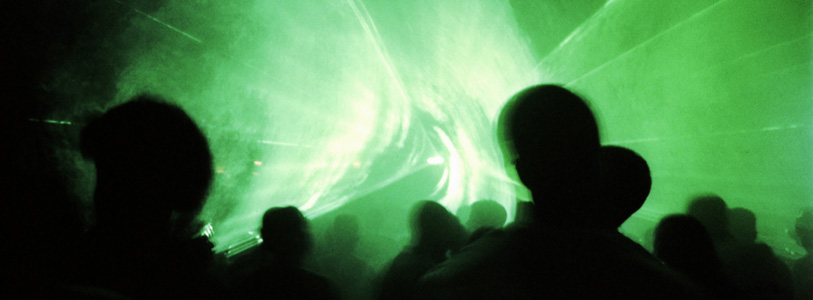Music Photography
The Life of a Music Photographer – It’s the Pits!
Working as a photographer at music events is not all you might imagine.
To begin with, the working photographer has little say in what events he will shoot. The editor, in consultation with the advertising team, usually makes that decision. The publication will then contact the promoter, who will then clear the request with the band’s management and label, should they have one.
You might imagine that they would be happy for the publicity, but you’d be wrong. In every major bands’ life there is a point at which the pendulum swings from wanting all the exposure they can get, to avoiding it as much as possible. Protecting one’s image, and privacy, becomes the over-riding concern. The photographer, once their ally, is now the enemy.
There are of course other reasons why you might be denied a pass. It may be as simple as they didn’t like the review that your publication ran on their latest offering. Or they could have an exclusive deal with another magazine. Or they might be like Oasis, and just want to fight with everyone (including themselves), while being as difficult and prickly as hell to work with.
Having gotten a pass, the general limitation on working photographers is the first three songs, and no flash to be used. This is a nuisance as the band usually hasn’t warmed to their task, and will have a ‘sterile’ clean look, not the sweaty, emotive one that you want to portray. You will have no say on where you stand either – you could be shooting from the pit at front of stage, the sound desk, or down the back of the hall some 50m or more away.
Local acts treat you a little better. Still seeking fame they are more amenable to having the press around, and so allow you a little more leeway in where you stand, and when you shoot. You could be separated from the crowd in a pit, or right in amongst them on the floor.
Another universal problem for the photographer is the lighting. There could be strobes, lasers, floodlights, spots, smoke machines, fogs, or just the house lights. There is always an abundance of red light that destroys your colour shots, and low light just when the band gets animated, reducing your shutter speed.
There will be a ‘representative’ of the band on hand at times too, making sure that you’re really shooting, and not just enjoying the show. This person will also stand just where you want to be to get a shot, or walk in front of you when about to take one.
And of course you never know what the conditions will be until you arrive, sometimes not until you’re about to shoot.
Having said all that, some days you do get to work with some great, truly professional people. They understand that you have a job to do, and that by working together it can be a win/win situation. In Brisbane at the time in question the best of these was Suzanne Snapes and her team at The PR Company. Due thanks and recognition is given here now.
Technical aspects
Cameras
It’s important to remember that this was the period before digital cameras became all pervasive. Only large outlets like News Corp had access to the new Nikon D series, and they were extremely expensive.
The Nikon F-series (FE, FE2 and FA) favoured by Jeff were the standard for photojournalists the world over.
They had a rudimentary but reasonably accurate auto-exposure system, an excellent range of lenses and most importantly were built tough.
Despite being dropped into bags, tossed about in the bilge of a boat chasing racing yachts, used in the rain and hardly ever being cleaned let alone serviced, they never once failed him in all the years that Jeff used them.
Film
The colour film of choice for much of this period was Fuji’s Superia, in 400ASA and 1600ASA. When the 800 ASA became available late in the ‘90’s it was the only one used. The 800 offered great colour, fine grain and was also very forgiving when it came to being under or over exposed.
The reason for using colour film was simple enough – it could be developed and printed within an hour at a number of outlets, even on weekends. With deadlines being tight, this was a godsend.
When black and white was called for then Kodak’s T-Max 400 was generally used, usually pushed two stops for contrast and speed. When the T-Max 3200 was introduced it quickly became the favourite, being pushed up to 6400 for low light/no light applications yet showing little grain.
Another excellent film was Ilford’s XP2, a 400ASA film base that could be developed in colour labs but produced near black and white images with extremely fine grain. Sadly it wasn’t as tolerant to under exposure as other emulsions, and lacked the contrast of true monochrome films.

Leave a comment